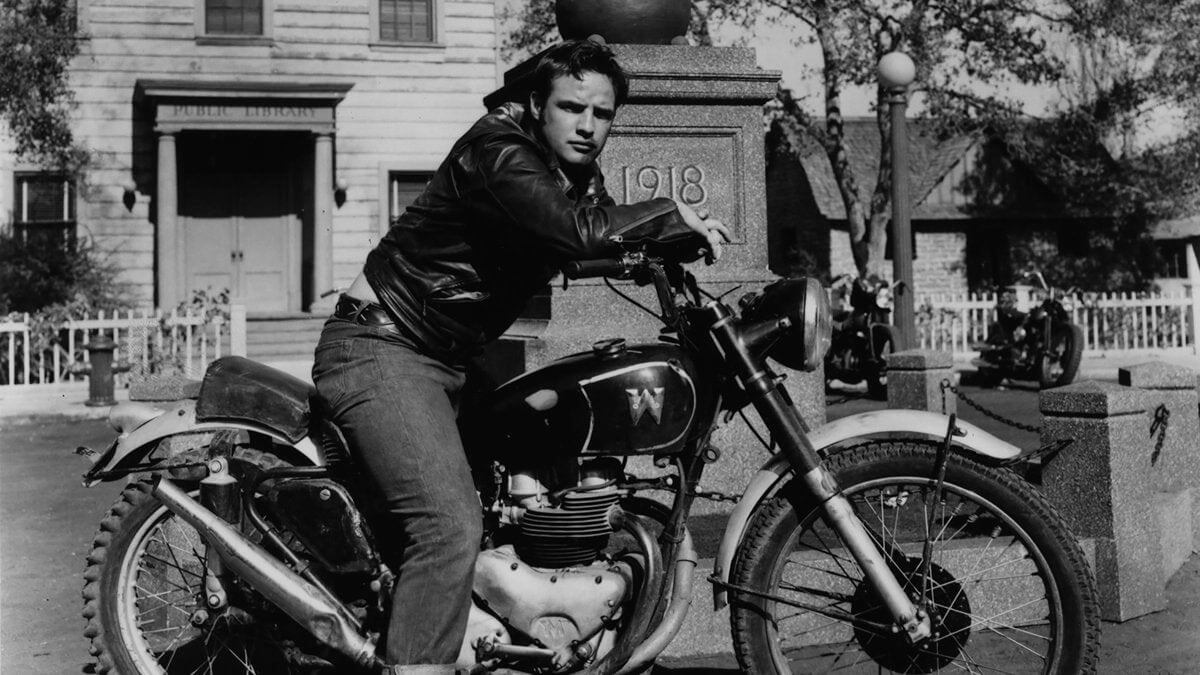TOP 5 MOST IMPORTANT MOTORCYCLES PT I

There’s no shortage of constitutes an iconic motorcycle. There are tens, hundreds or even thousands that could be up for due credit. However, there are motorcycles that contributed to the future enhancement of other motorcycles, and motorcycling got a whole lot better because of them. Please keep in mind that this is our first part of two. There’ll be more lists in the future.
TRIUMPH BONNEVILLE (1959 – CURRENT)
Icons cannot be killed. Production of the Bonneville bloodline spanned three generations over three separate production runs. Models of Bonnevilles were ridden by legends such as Marlon Brando, James Dean, Steve McQueen in legendary movies, apart from countless others. Read more here.

HONDA CB750 (1969 – 2003)
Honda has had a foothold in the American market by 1959 and went strength to strength from the on. Racing in America was governed by the American Motorcyclist Association (AMA), whose rules stipulated that only production-based motorcycles were allowed to compete. This rule became the basis the World Superbike, Supersport and Superstock championships. The CB750 was born and made its debut in 1968.
The CB750 didn’t create new technologies per se, but it was the first bike to incorporate technologies that were the domain of racers. It was exactly Hansen and Honda’s vision. It was the first production bike to mount its inline-Four engine transversely across the frame and disc brakes. Read more here.

SUZUKI RG250 GAMMA (1983 – 1987)
Most Japanese manufacturers have gravitated to producing four-stroke motorcycles in the late 60’s and early 70’s but Suzuki didn’t really have a four-stroke to show for, until the T500 and GT750 years later. These two engines started the reputation of Suzuki powerplants being “bulletproof.” Suzuki continued to do what the did best – two-strokes – which were the mainstays of smaller and cheaper bikes.
Two-strokes were being raced extensively on the track too. Yamaha’s introduction of the RZ250R in 1983 ignited the 250 wars, and Honda hit back with the MVX250F in the same year. The MVX was a V-Three cylinder two-stroke. So what did Suzuki do? Suzuki is well-known for their occasional spurt of genius as they have introduced numbers of innovations to street bikes throughout their history. Suzuki debuted the RG250 Gamma.

HONDA CBR900RR (1992 – 2003)
The bike that defined the face of modern sportbikes was none other than the 1992 Honda CBR900RR (called Fireblade in some countries). It represented what a sportbike should be: Light, agile, fun.
Honda had been working on a 750cc model during that time, as a tie-in to their World Superbike racing program, called the CBR750RR. The 750cc model had in fact been in advanced stages of development and testing. Read more here.

DUCATI 916 (1994 – 1998)
The 916 and its subsequent variants went on to dominate World Superbike racing, winning 6 championships, with four of those going to ‘King’ Carl Fogarty, to become the most successful rider in the series. It took Honda, Ducati’s biggest rival in WSBK to finally land a title in the hands of John Kocinski on the RVF750 (RC45) and later with Colin Edwards (years 2000 and 2002) on the RVT1000 (RC51) SP-1 and SP-2 V-Twin. Ducati won so many times that WSBK was derided as “The Ducati Cup.”
The 916’s design could only be interpreted as sexy. It was the equivalent of a Ferrari on two wheels. It starred in movies, numerous superstars and soccer stars owned one, including Ewan McGregor. Lotus Elise’s designer Julian Thompson admitted that it was the 916 that inspired his creation. Read more here.
